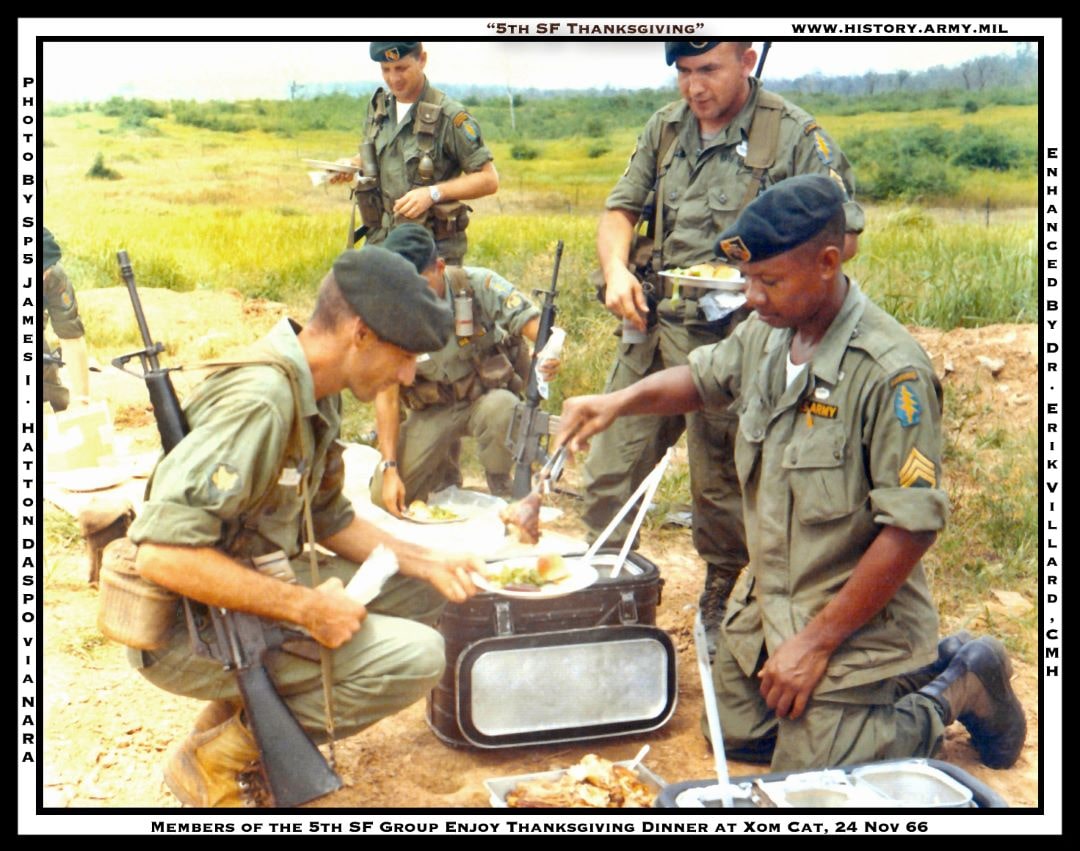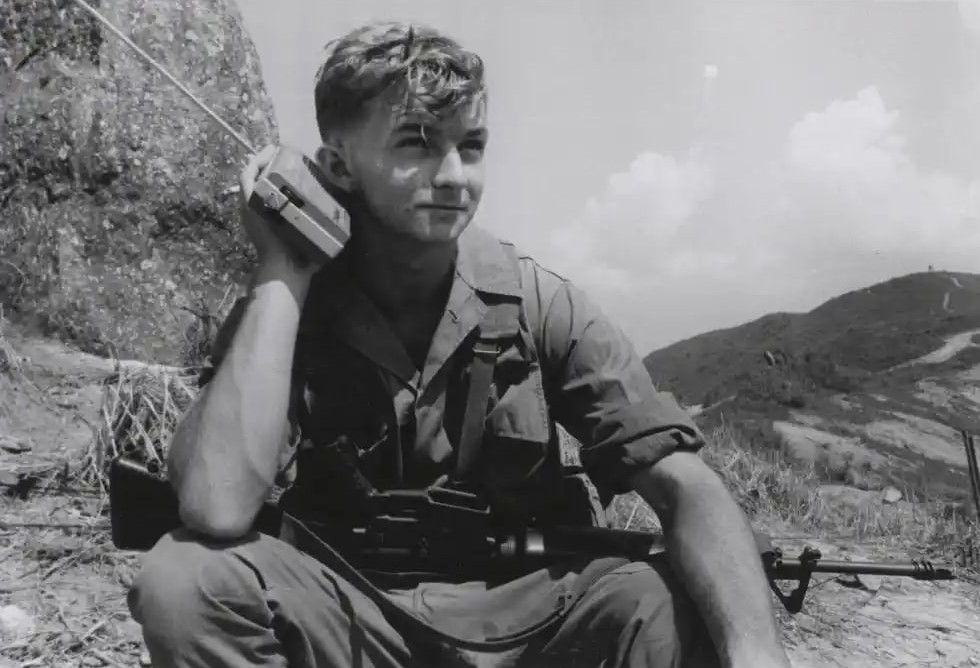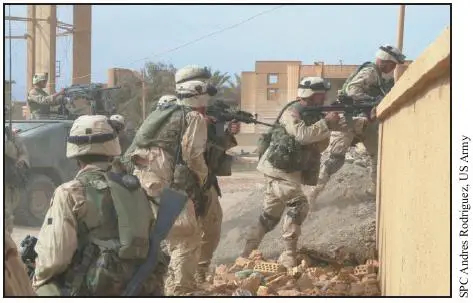SPECIAL FORCES AND OPERATIONS IN VIETNAM
The modern conception of U.S. military special operations crystallized during the #VietnamWar, when elite special forces units conducted clandestine operations under the command of the MACV Studies and Observations Group (MACV-SOG).
The modern conception of U.S. military special operations crystallized during the #VietnamWar, when elite special forces units conducted clandestine operations under the command of the MACV Studies and Observations Group (MACV-SOG).

MACV-SOG was created on 24 JAN 1964 as a joint task force dedicated to covert operations under the command of a U.S. Army Special Forces colonel; accession to the unit was strictly voluntary, and the Army 5th Special Forces Group provided the largest share of volunteers. #USArmy 



Its elements conducted a wide range of sensitive missions, including strategic reconnaissance, personnel recovery, psychological operations, direct action, sabotage, and counterintelligence. As the war escalated SOG grew, and its activities expanded into other countries.
#TRADOC
#TRADOC

SOG became famous for its small-unit incursions into neighboring North Vietnam, Laos, and Cambodia. These typically consisted of 2–3 SOG operatives and 6–9 indigenous auxiliaries who gathered intel deep within hostile territory, often encountering enemy resistance.
#Armyhistory
#Armyhistory

As the war wound down, the need for SOG’s services declined, and the unit disbanded on 30 APR 1972. As the first theater-level Joint Special Operations Task Force, SOG was an important precursor to modern special forces operations during the Global War on Terror.
@USArmy @TRADOC
@USArmy @TRADOC

Nine Army #SpecialForces operatives earned the Medal of Honor for actions during their service with SOG, although the veil of secrecy surrounding SOG meant their exploits only became widely known after the end of the Vietnam War. #VietnamVeterans #MilitaryHistory #GreenBerets
• • •
Missing some Tweet in this thread? You can try to
force a refresh

 Read on Twitter
Read on Twitter




















